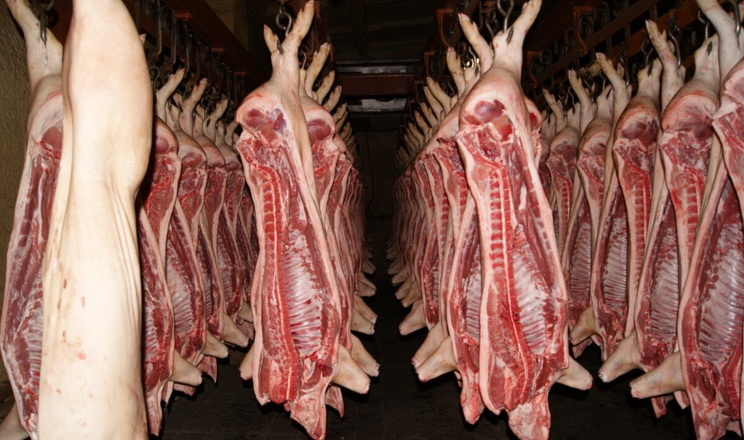Brazilian pork exports reached 87.578 thousand tons in January

The figures for Brazilian pork exports in January were good when considering the historical evolution, but they are losing momentum, as will be described ahead. However, it is worth noting that the level of production also advanced consistently over the same period, which does not allow for a sharp decline in shipments, henceforth with the danger of increased domestic availability, which is bad for the livestock business environment in the interior of the country and for price formation along the production chain.
Some January export data drew attention, such as the reduction in the volume shipped to China and the decline in the price of a ton. According to data compiled by SAFRAS & Mercado, Brazil exported 87.578 thousand tons (fresh + processed) last month, up 19.7% from 73.1 thousand tons in January 2022. However, it is the worst performance in terms of volume since May last year. It is worth mentioning that shipments in the second half of 2022 were the largest in history (for a semester), driven by Chinese purchases and the performance of countries that until then had little relevance, such as the Philippines and Vietnam.
The biggest Brazilian importer in January 2023 was China, with 41.695 thousand tons, which corresponds to a 47.6% share. The data raise concern given the large concentration and because China may act with less intensity in purchases in the short and medium term, as the country faces a crisis in its chain due to supply surpluses. In December 2022, China imported 53.581 thousand tons from Brazil.
Hong Kong was the second-largest importer of the month, with 7.009 thousand tons and an 8% share. Chile comes next, with 6.534 thousand tons and a 7.4% share. The Philippines, which emerged at some points in 2022 as the second-largest destination for Brazilian pork, slowed down its purchases and in January imported only 3.549 thousand tons. Vietnam has also been less active, having imported 1.547 thousand tons last month.
As previously mentioned, the price of a ton exported by Brazil fell in January, reaching USD 2,398.55, down 3.49% from USD 2,485.39 the month earlier. The decline is a reflection of the weaker prices paid by China. In January, the average price paid by China was USD 2,580.81, down 4.97% from December (USD 2,715.91 per ton).
The trend is that during the semester the export numbers will continue to feel the “China effect.” With high supply and depressed prices in its market, it is natural for China to act with less appetite in the global market. Purchases will continue to take place, but negotiations are likely to be tougher, especially regarding prices, thus, the margins of industries that allocate volumes to this market tend to fall, which generates greater intensification in business involving live pigs in the interior of Brazil. The positive point is that pork supply in the Brazilian market is more balanced compared to the first quarter of 2022, the worst moment of the pig farming crisis. The scenario is challenging for exports, but it will not generate such a severe imbalance in domestic availability, even though it can logically create negative impacts.
Besides a tighter supply level, other factors can help the sector and reduce the impact of the decline in exports. The level of income and employment is in process of recovery, positive for consumption at the final tip, which may allow the industry to slightly raise pork prices and boost domestic market margins. However, it is worth closely monitoring the evolution of prices of live pigs and production costs.
Read also
Wheat in Southern Brazil Impacted by Dry Weather and Frosts
Oilseed Industry. Leaders and Strategies in the Times of a Great Change
Black Sea & Danube Region: Oilseed and Vegoil Markets Within Ongoing Transfor...
Serbia. The drought will cause extremely high losses for farmers this year
2023/24 Safrinha Corn in Brazil 91% Harvested
Write to us
Our manager will contact you soon



